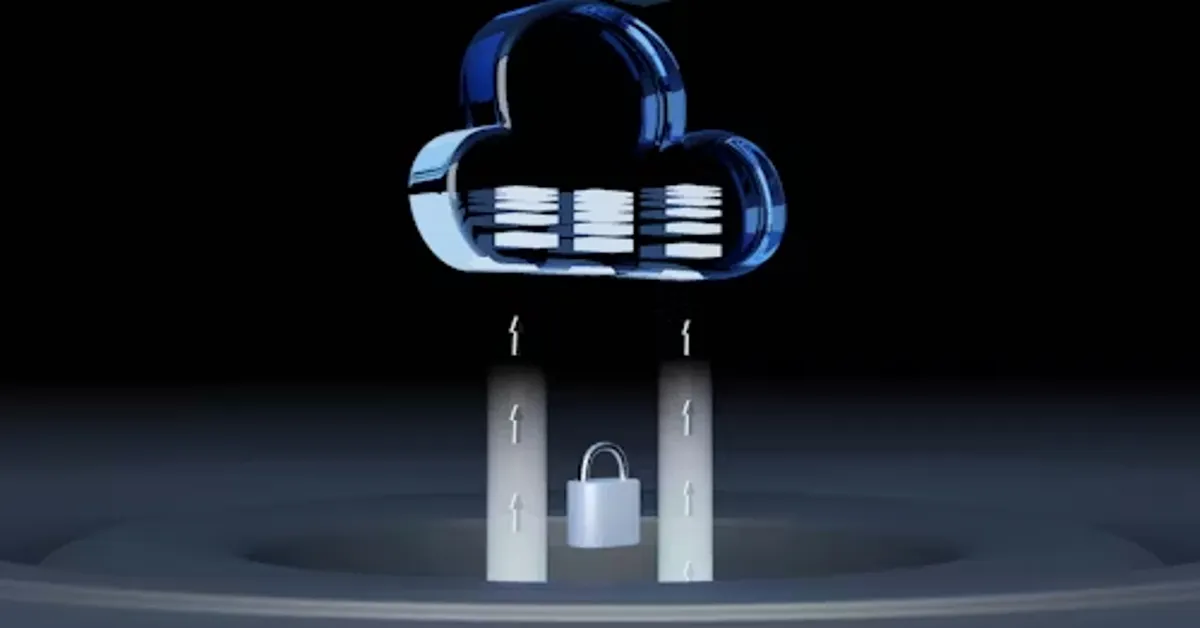In an increasingly digitized world, the need for secure, reliable, and accessible digital storage systems has grown exponentially. As individuals and organizations produce and consume vast amounts of data daily, concerns around data privacy, file loss, unauthorized access, and cyber threats become critical. This is where advanced systems like Bunkr FI F NHEQAF2R5ZPLR come into play—a futuristic, encrypted digital storage bunker built for modern security demands.
In this comprehensive guide, we’ll explore what Bunkr FI F NHEQAF2R5ZPLR is, how it functions, why it matters in today’s cybersecurity landscape, and how users—from freelancers and students to multinational corporations—can benefit from its deployment.
What Is Bunkr FI F NHEQAF2R5ZPLR?
The name Bunkr FI F NHEQAF2R5ZPLR may sound like a cryptographic string, and perhaps that’s part of its design. Imagine a military-grade digital vault designed to store, manage, and protect files from prying eyes. It acts as a cloud-based digital fortress, combining the benefits of encrypted storage, decentralized access, multi-tier authentication, and file version control.
The key concept behind this system is the creation of a “bunker”—not just a folder, not merely cloud storage, but an impenetrable chamber where data is kept safe, encrypted at rest and in transit, and accessible only through secure, authenticated protocols.
The Architecture of Bunkr FI F NHEQAF2R5ZPLR
Unlike traditional file storage systems that rely on central servers with standard encryption, Bunkr FI F NHEQAF2R5ZPLR is designed around five core architectural principles:
- End-to-End Encryption (E2EE)
All files uploaded to the Bunkr are encrypted on the client’s device before transmission. The decryption keys never leave the user’s environment, ensuring only the owner can view the contents—even the service provider cannot access it. - Zero-Knowledge Proof System
The service operates under a zero-knowledge framework, which means the system knows nothing about the files it stores—not filenames, not metadata, not contents. This enhances privacy and protects against insider threats. - Multi-Factor Authentication (MFA)
Users must pass through layers of security—including biometric, OTP (One-Time Password), and device-based verification—before accessing the system. This reduces the risk of brute-force attacks and phishing compromises. - Distributed Cloud Nodes
Instead of storing data in a single cloud server, Bunkr divides and encrypts file fragments across multiple geographical nodes. This decentralized cloud approach not only increases resilience but also mitigates the risks of data loss due to hardware failure or natural disasters. - Blockchain-Backed Audit Trail
Every access event, file modification, or share request is logged into an immutable blockchain ledger, providing users with complete traceability and audit transparency.
Key Features of Bunkr FI F NHEQAF2R5ZPLR
1. File Security Beyond Conventional Standards
Security is the backbone of this platform. With AES-256 encryption, digital signatures, and fingerprinting of each file version, even an intercepted file would be unreadable without the correct key sequence. Moreover, the system auto-purges inactive or stale encryption keys to further prevent long-term vulnerability.
2. Granular Access Control and User Rights Management
Users can define exact access permissions down to the file level. Whether it’s view-only, time-limited access, or password-protected downloads, Bunkr allows full administrative control. Sharing a file with a colleague or client becomes a completely trackable and revocable process.
3. Smart Collaboration Tools
Unlike typical secure vaults that focus solely on storage, this system supports real-time collaboration without compromising encryption. Co-authors can work on encrypted documents in a sandbox environment using temporary keys that expire after the session ends. All changes are synced securely to the master file.
4. AI-Based Intrusion Detection
Bunkr utilizes machine learning algorithms to detect unusual file access patterns. For instance, if a user normally accesses files from one region and suddenly attempts login from a different continent, the system flags it, requests re-authentication, or temporarily blocks access.
5. Offline and Redundant Access
In case of internet outages, pre-authorized users can access offline mirrored files that are stored in encrypted local containers. Once the connection is restored, the local and cloud versions sync seamlessly using differential patching to ensure no data is lost or duplicated.
Use Cases for Bunkr FI F NHEQAF2R5ZPLR
1. Enterprises and Corporations
Corporations are at constant risk of data breaches. Bunkr enables compliance with global data protection laws such as GDPR, HIPAA, and CCPA. It’s perfect for industries like finance, law, healthcare, and defense that handle sensitive and regulated data.
2. Journalists and Whistleblowers
In situations where digital privacy can equate to personal safety, a tool like this provides a secure way to share and store files anonymously. The zero-knowledge design ensures even platform administrators cannot reveal user identities.
3. Academics and Researchers
Research data is often highly confidential and can take years to compile. Bunkr offers researchers the ability to collaborate globally without exposing their work to IP theft or accidental data corruption.
4. Content Creators and Designers
Artists, designers, and filmmakers often manage massive files with high creative value. Bunkr allows them to organize, back up, and share files with clients securely while maintaining control over access duration and download capabilities.
5. Personal and Family Use
Even on a personal level, keeping important documents like IDs, tax records, insurance files, or family photos encrypted and backed up is critical. Bunkr offers secure yet easy-to-use solutions for households.
Advantages Over Traditional Cloud Storage
| Feature | Traditional Cloud | Bunkr FI F NHEQAF2R5ZPLR |
|---|---|---|
| End-to-End Encryption | Partial or Optional | Default and Enforced |
| Zero-Knowledge Architecture | No | Yes |
| File Fragmentation | No | Yes (multi-node) |
| Blockchain Audit Logs | Rare | Built-in |
| Offline Access Support | Limited | Fully Supported |
| Custom Share Controls | Basic | Advanced + Time-Limited |
| AI Threat Detection | Rare | Active Monitoring |
Limitations and Considerations
While Bunkr FI F NHEQAF2R5ZPLR provides unmatched security and functionality, it’s not without potential limitations:
- Learning Curve: The system may feel complex to users not familiar with encryption or digital key management. However, a well-designed UI/UX helps mitigate this.
- Cost: Premium security often comes with a higher price tag compared to traditional storage solutions. For some, this may not be justifiable unless security is a top concern.
- File Size Constraints: While highly scalable, performance during upload/download may be slower due to encryption and fragmentation processes, especially over weak connections.
- User Lockouts: With strong authentication comes the risk of being locked out permanently if backup credentials are lost. The platform does provide emergency key vaults, but users must manage them responsibly.
Best Practices When Using Bunkr FI F NHEQAF2R5ZPLR
- Always set up recovery keys and backup contact methods.
- Enable biometric authentication for quicker yet secure access.
- Use descriptive but non-sensitive filenames (avoid names like “password.txt”).
- Regularly update access permissions for shared files.
- Utilize the activity logs to review all access and sharing events.
The Future of Secure File Storage
As cyber threats evolve and data becomes an increasingly valuable asset, the demand for systems like Bunkr FI F NHEQAF2R5ZPLR will continue to grow. Future versions may include:
- Quantum-resilient encryption algorithms
- Decentralized identity authentication via Web3
- Voiceprint and behavior-based login
- Smart contract-based file distribution
These advancements will not only enhance user control but could reshape how we think about digital ownership and trust.
Conclusion
Bunkr FI F NHEQAF2R5ZPLR stands as a symbol of the next generation of file storage technology—one where security, privacy, and accessibility converge to form a resilient, future-ready platform. Whether you’re storing legal contracts, academic research, confidential blueprints, or cherished family memories, this bunker offers not just a container—but a fortress.
With increasing threats and regulations in the digital world, adopting secure platforms is no longer optional—it is a necessity. Bunkr isn’t just a storage solution; it is digital peace of mind.
ALSO READ: Prosecchini: A Deep Dive into its History, Use, and Symbolism
FAQs
1. Is Bunkr FI F NHEQAF2R5ZPLR free to use?
Bunkr offers both free and premium tiers. The free plan includes basic encrypted storage, while premium tiers unlock advanced features such as AI threat detection and larger storage limits.
2. What happens if I lose my authentication keys?
Without recovery keys or backup methods, access could be permanently lost. It’s critical to set up emergency recovery options during initial setup.
3. Can Bunkr be used for real-time collaboration?
Yes, Bunkr allows secure real-time collaboration through encrypted sandbox environments and temporary access tokens.
4. Does Bunkr work offline?
Yes, users can enable encrypted offline sync for select files. Once reconnected, changes will automatically sync with the cloud.
5. Is my data visible to Bunkr administrators?
No. Bunkr operates on a zero-knowledge basis, meaning administrators cannot access or view your data under any circumstances.









